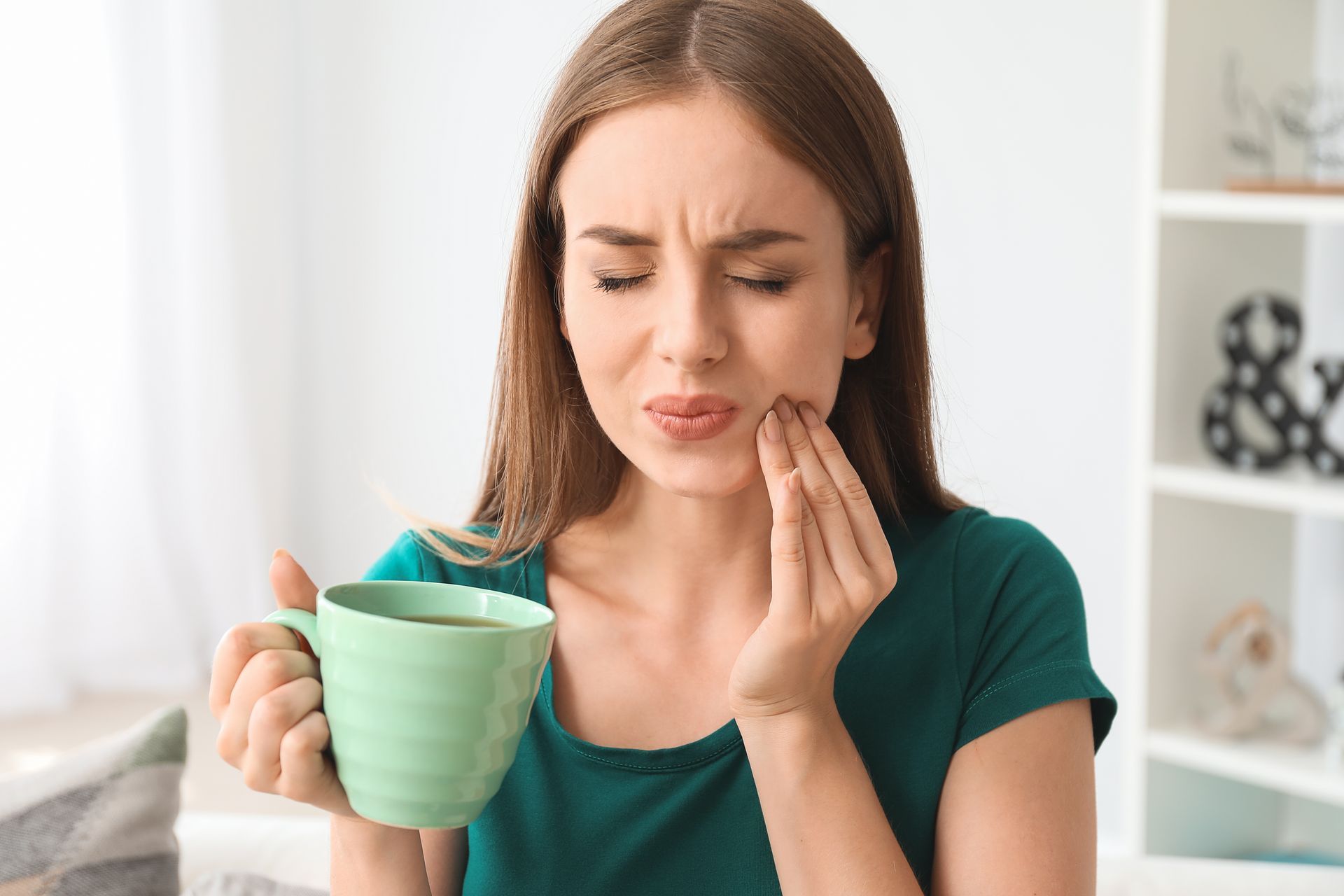Quick Fixes for Bad Breath That Actually Work
Bad breath can be an embarrassing problem that affects everyone at some point. Whether it's a morning issue or pops up after a meal, finding quick solutions is something we all want. Knowing what causes bad breath is the first step in tackling it effectively.
Bad breath can be due to a variety of reasons, such as food choices or skipping some parts of your oral care routine. Understanding these causes helps you choose the right fixes to freshen your breath quickly. Many solutions are simple and can be done at home, making them convenient when you need a fast refresh.
In this article, you'll learn about quick remedies, from everyday items to some slight tweaks in your diet. You’ll also discover how maintaining good oral hygiene can help you keep bad breath away for good. Tackling bad breath doesn’t have to be a daunting task. Simple changes can make a noticeable difference, leaving you with a fresher, more confident smile.
Identifying the Causes of Bad Breath
Bad breath, also known as halitosis, can stem from multiple roots. Some of the most common causes include certain foods, bacteria buildup, and dry mouth. Foods like garlic and onions are famous for causing bad breath. They contain oils that are absorbed into your bloodstream, eventually affecting the air you exhale.
Another major contributor to bad breath is bacteria buildup in your mouth. When food particles remain in your mouth, bacteria feast on them and produce sulfur compounds, which cause that unpleasant odor. This is why brushing your teeth and tongue is critical in reducing bad breath.
Dry mouth, a condition where saliva production decreases, also plays a role. Saliva helps cleanse your mouth by removing particles that cause odor. Without enough saliva, dead cells build up on your tongue, gums, and cheeks, leading to bad breath.
Knowing these causes helps you address the root problem rather than just masking symptoms. Identifying the specific cause armors you with the knowledge to tackle bad breath effectively and for the long haul.
Home Remedies for Fresh Breath
There are several quick and effective home remedies you can use to freshen your breath. These simple solutions often involve items you already have at home, making them easy to integrate into your routine.
1. Brush and Floss Regularly: Good oral hygiene removes food particles and bacteria from your mouth, which directly contribute to bad breath. Brush twice a day and floss at least once to keep your mouth clean.
2. Use a Mouthwash: Rinsing with mouthwash can reach areas that your toothbrush might miss. Opt for an antibacterial mouthwash to eliminate germs that cause odors.
3. Chew Sugar-Free Gum: Chewing gum increases saliva flow, which helps wash away food particles and bacteria. Choose sugar-free gum to avoid feeding any lingering bacteria.
4. Stay Hydrated: Drinking water keeps your mouth moist and helps wash away particles that lead to bad breath. A hydrated mouth encourages the production of saliva, which naturally combats odor.
5. Eat Parsley or Mint Leaves: These herbs contain chlorophyll, which neutralizes odors. Chewing on fresh leaves can give you a quick breath boost when needed.
These remedies are not just quick fixes; they help maintain a clean and fresh oral environment. Incorporating them into your daily routine puts you on the path to better breath and overall oral health.
Dietary Changes to Combat Bad Breath
Your diet can greatly influence the freshness of your breath. Certain foods can contribute to bad breath, while others can help in keeping it at bay. Understanding how what you eat affects your breath empowers you to make smarter dietary choices.
Foods like garlic and onions are some of the top culprits causing bad breath. They contain strong oils that enter the bloodstream and are expelled through the lungs, leading to a lingering odor. Spicy foods, sugary snacks, and beverages can also contribute to halitosis by creating an environment where harmful bacteria thrive.
To combat bad breath, focus on including these foods:
- Crunchy Fruits and Vegetables: Apples, carrots, and celery can help by gently washing away food particles and bacteria.
- Yogurt: Contains probiotics that help balance the bad bacteria in your mouth.
- Herbs: Chewing on mint, parsley, or basil leaves can neutralize odors naturally.
- Green Tea: Packed with antioxidants and antibacterial properties that improve breath quality.
Avoid sticky or sugary foods that cling to teeth and feed bacteria. Emphasizing fresh, whole foods helps dilute acids and flush out particles that contribute to bad breath.
Maintaining Oral Hygiene for Long-Term Results
Good oral hygiene practices are essential for managing and preventing bad breath over the long term. Consistent daily habits play a key role in keeping your mouth clean and fresh. Establishing and maintaining these habits can be straightforward when done regularly.
1. Brush After Meals: Use fluoride toothpaste to remove food particles, including from your teeth and tongue. Brushing twice a day is crucial.
2. Floss Daily: Flossing removes debris and plaque from areas your toothbrush can’t reach, preventing buildup that contributes to bad breath.
3. Use a Tongue Scraper: Bacteria and food particles can accumulate on the tongue, producing a foul odor. Scraping your tongue helps remove these effectively.
4. Rinse with Mouthwash: Antibacterial mouthwash can target leftover bacteria and help maintain a fresh mouth.
5. Regular Dental Check-Ups: Scheduled cleanings and exams help catch any issues early on, ensuring your oral health stays in top shape.
Conclusion
By investing time in oral hygiene and regular dental visits, you lay the groundwork for a healthier mouth and fresh breath. If you're ready to prioritize your oral health, Aria Dental of Annapolis is here to support you. Our Annapolis dentist will help ensure your smile remains bright and fresh, offering solutions tailored to your needs. Schedule your appointment today!



Share This Post

